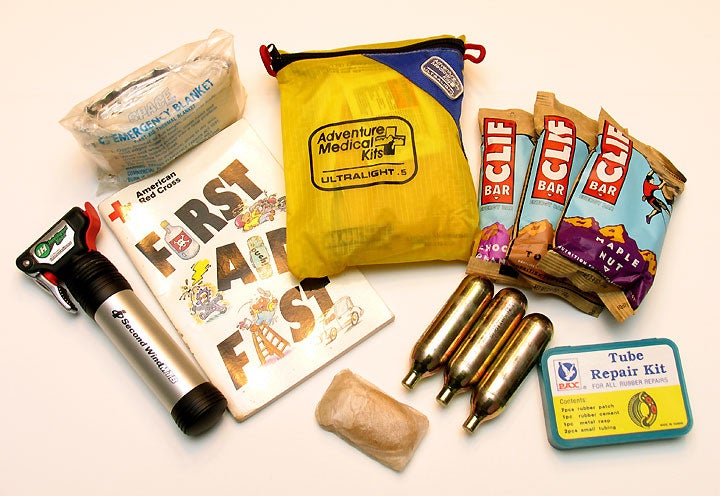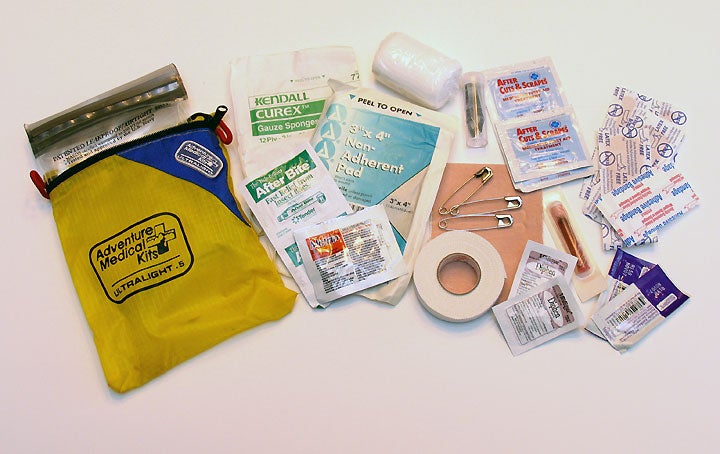Useful Supplies

Though not exactly tools, there are other bits that can make all the difference in tending to damage in the wild. Duct tape, zip-ties and safety wire can prove invaluable in holding broken pieces together, and a frayed kill-switch wire can be doctored with electrical tape. Solid epoxies, like JB Weld Stick or Quick Steel (there are versions for aluminum, too), can be lifesavers. One of our best trailside repairs involved patching a shattered clutch cover with this stuff and riding out on a bike that would have otherwise been fatally wounded many miles into the rough – it’s amazing what a little $5 item can do! A nylon tow-strap might allow one bike to pull another that no longer runs, or it can provide a way for multiple people to help haul a bike up a steep incline.
Spares, like an extra spark plug, master-link and a few common nuts and bolts, are well worth their space (assuming you have the tools to install them). How dumb would you feel if you were stuck for lack of such tiny, cheap items? If your bike doesn’t have wrap-around hand guards, extra brake and clutch levers may be worthwhile additions to your pack. A rag or two can create a little workspace on the ground and help with cleanup, and an LED penlight will illuminate dark crevices, some of which can be visually impenetrable even during the day. Many OHV parks offer maps of their trails, but you’ll probably need a compass to read them reliably.

Don’t even think about riding into the boonies without food and drink. There are a multitude of energy-rich bars and electrolyte-replacing fluids available, and almost as many hydration systems (with storage for food); go to the CamelBak website for a staggering array. This isn’t just a matter of having a nice little snack or cooling down on a hot day. If you’re stranded by a broken bike (or broken bone) or you get seriously lost, it may be a long time before your next meal. Your strength and stamina may depend on what sustenance you have with you.
Along those same lines, riding without at least a few basic first-aid supplies is really asking for trouble – trouble that might be avoided with some inexpensive, easily packed items, such as bandaging materials, topical antiseptic, tweezers, Ibuprofen and/or Acetaminophen. If you have allergies, asthma or other medical conditions, you’ll need to bring the appropriate meds. Are there snakes where you ride? Do you have a remedy handy? Adventure Medical makes a wide variety of prepackaged kits. A small booklet of first-aid instructions should be brought along as well. One particularly neat item to consider including is a “space blanket.” These are wide, foil-like sheets that, folded, take up much less room than your fist, but have the ability to trap heat very effectively; this can be crucial for someone in shock or immobilized in cold weather.
 Your Privacy Choices
Your Privacy Choices